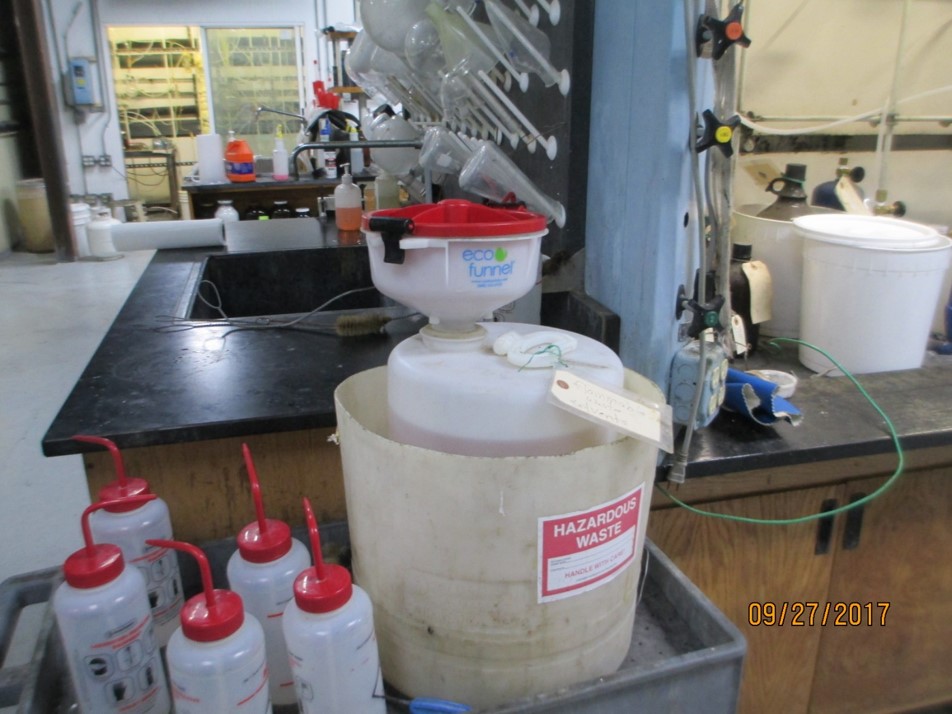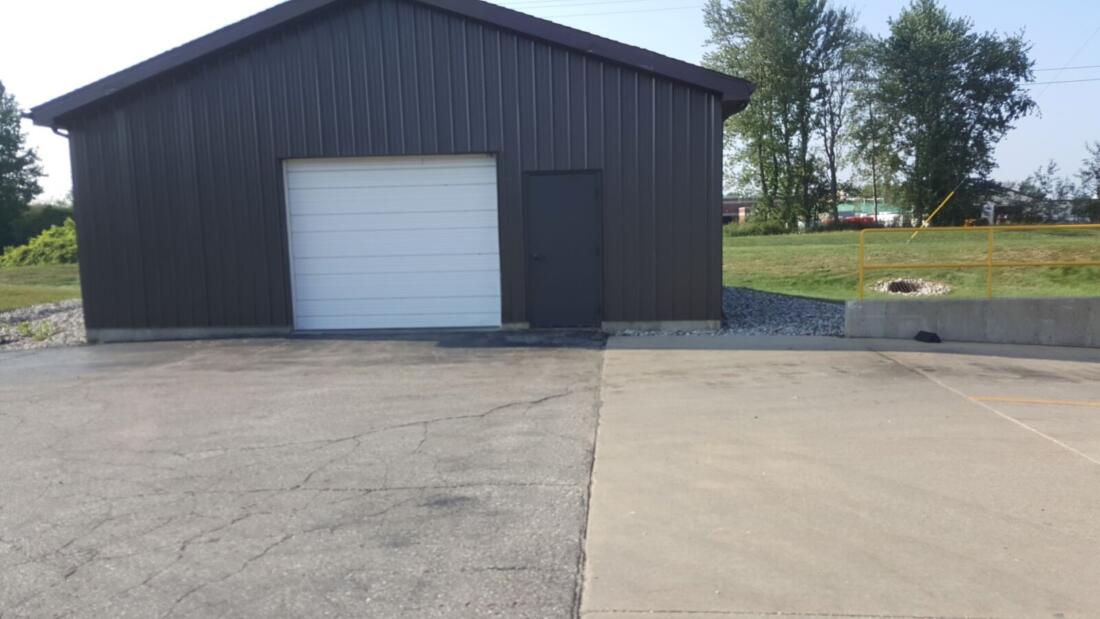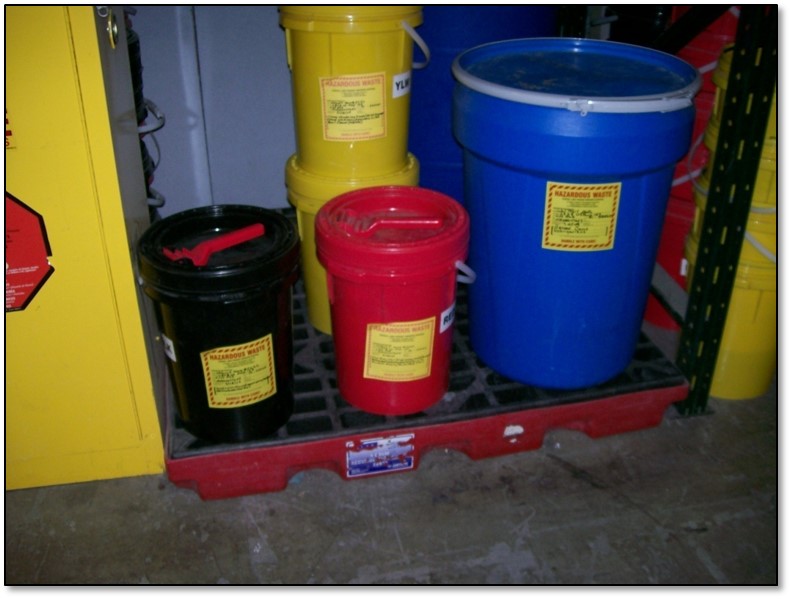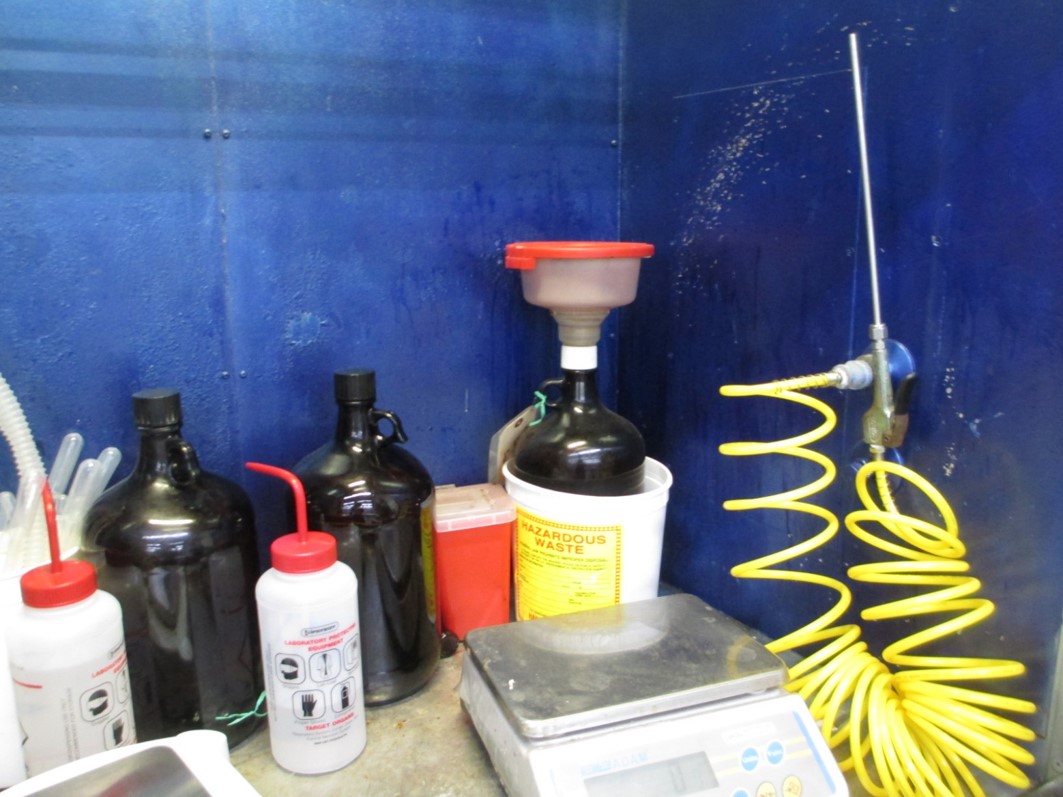Answer: Yes.
The Generator Improvements Rule made a technical change to the regulations for personnel training at a large quantity generator of hazardous waste (LQG). This change to 40 CFR 262.17(a)(7)(i)(A) was made by the U.S. Environmental Protection Agency (USEPA) to bring the hazardous waste personnel training regulations up to date with existing industry practices.
Therefore, USEPA revised the regulations to allow a LQG to use online computer training in addition to classroom instruction and on-the-job training. The regulations include examples of online training: computer-based or electronic.
Contact me with any questions you may have about the generation, identification, management, and disposal of hazardous waste Daniels Training Services, Inc. 815.821.1550 |
40 CFR 262.17(a)(7)(i)(A):
(7) Personnel training. (i)(A) Facility personnel must successfully complete a program of classroom instruction, online training (e.g., computer-based or electronic), or on-the-job training that teaches them to perform their duties in a way that ensures compliance with this part.






